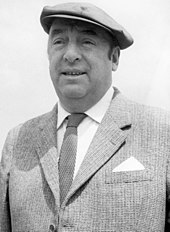Flat cap
It decreed that on Sundays and holidays, all males over 6 years of age, except for the nobility and "persons of degree", were to wear woolen caps or pay a fine of three farthings per day (equivalent to £1.41 in 2023).
[7] The Act was not repealed until 1597, though by then the flat cap had become firmly entrenched as a recognised mark of a non-noble person[citation needed], such as a burgher, a tradesman, or an apprentice.
In the 19th and early 20th centuries, when men predominantly wore some form of headgear, flat caps were commonly worn throughout Great Britain and Ireland.
"[10] In the late 20th and early 21st centuries, British public figures including David Beckham, Nigel Mansell, Guy Ritchie, Richard Blackwood, and Charles III wore the flat cap.
[11] In Northern England, notable wearers include: Fred Dibnah, from Bolton; comic strip anti-hero Andy Capp, from Hartlepool, and AC/DC vocalist Brian Johnson, of Newcastle, customarily wears a flat cap frequently on and off stage.
[14] Usage in the East End of London is illustrated by Jim Branning of the television soap opera EastEnders and Del Boy Trotter of Only Fools and Horses.
[citation needed] American golfer Bryson DeChambeau wears a flat cap during his rounds on the PGA Tour in honor of the late Payne Stewart and Ben Hogan.
[citation needed] The Canadian team in the 1998 Winter Olympics wore red flat caps designed by Roots in the opening ceremony parade of nations.




